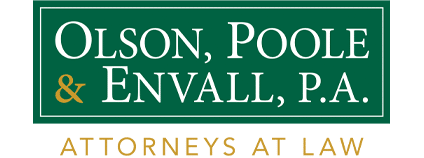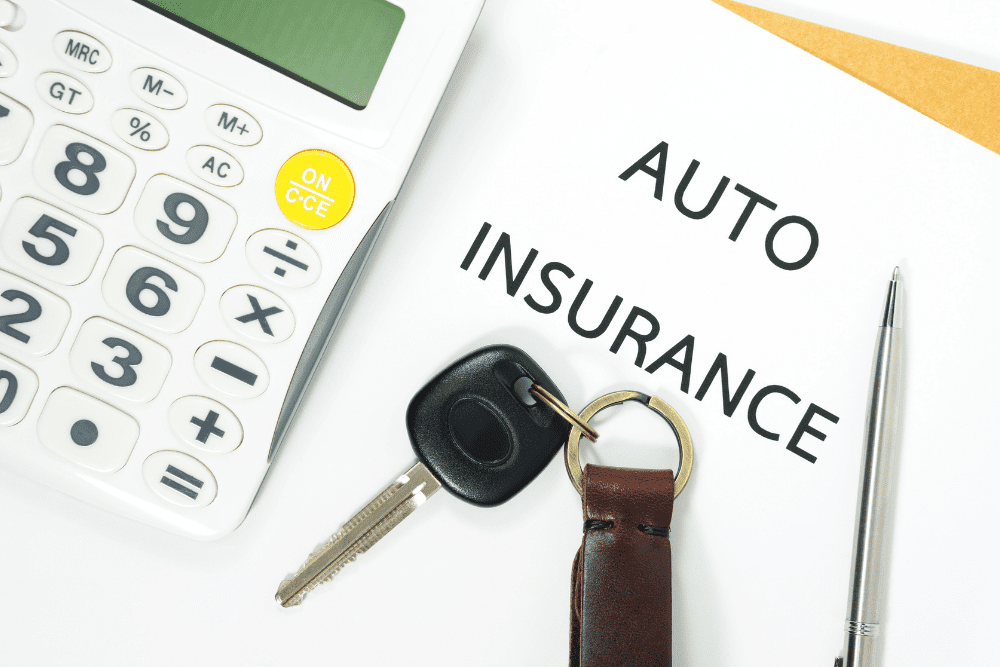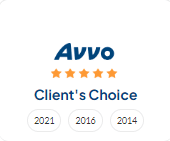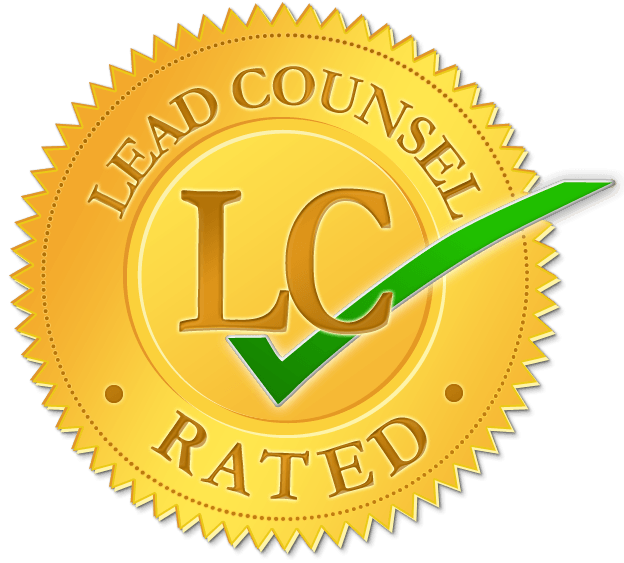How Do I Know What Type of MN Auto Coverage I Need?
The sprawling greenery and beautiful waters of the “Land of Lakes” might inspire scenic weekend drives, but most Minnesotans own a car simply to get where they’re going. No matter where you drive, you need insurance to protect yourself, as Minnesota is a no-fault car insurance state.
If you believe a car accident can’t happen to you, think again. According to the Minnesota Office of Public Safety, February of 2021 contained 23 automobile accidents with fatalities, an increase from the previous year. Most accidents were related to alcohol or speeding. These numbers prove that it’s in everyone’s best interest to carry sufficient insurance on the road. You never know what can happen.
Here are the different types of auto coverage available in Minnesota, along with how to determine the coverage type that’s best for you.
Minnesota Auto Insurance Must Haves
Some types of insurance in Minnesota are mandated by law. You must carry this insurance in order to drive your car. These minimum types of insurance are required in order to provide a base level of protection for all drivers. Keep in mind if you cannot produce proof of insurance when pulled over or involved in an accident, there could be legal penalties.
You are required to carry:
Minimum Liability Insurance
You must have a policy with $30,000 per individual for bodily injury, $60,000 per collision for bodily injury, and $10,000 per collision to cover property damage.
Personal Injury Protection
You must carry a minimum of $40,000 per collision per person that covers $20,000 for medical expenses and $20,000 for non-medical expenses.
Uninsured/Underinsured Motorist Coverage
Uninsured motorist coverage must allot $25,000 for one person’s injuries and $50,000 for two or more people. Underinsured motorist coverage should cover the same amounts.
No-Fault Insurance
Minnesota is a no-fault insurance state. That means any injury claims go through your own insurance coverage first, regardless of who was at fault for the accident. Personal injury protection covers a multitude of losses such as missed wages, funeral expenses within a certain range, and replacement services that provide support if you’re injured, like housekeeping. This insurance pays first in a claim. If your medical expenses exceed it, you can then file a claim against the at-fault driver.
Do You Need Liability Coverage in MN?
If you inflict bodily injury or damage to another person in an accident, liability insurance can help. However, this type of insurance only pays out to other parties, meaning it won’t cover your injuries or damages.
Liability coverage separates into two types: bodily injury and property. In the no-fault state of Minnesota, bodily injury claims initially go to the driver’s PIP insurance. Once that’s exhausted, liability insurance can kick in to cover more. Property damage is not covered by PIP, so liability coverage immediately comes into play for expenses related to property affected by an accident, i.e. the other driver’s vehicle.

While Minnesota’s higher minimum insurance requirement might feel burdensome, it’s a good idea to carry ample auto coverage anyway. State minimums may not even protect you and your assets enough in some accidents. Play it safe.
About the Author:
A lifelong Minnesotan, founding partner Ronald R. Envall has spent his entire legal career fighting for the little guy, focusing on workers’ compensation, Social Security, and personal injury cases. He has been recognized by SuperLawyers as a Top Rated attorney in Duluth, placing him in the top 5 percent of all workers comp lawyers across the state. In his free time, Mr. Envall serves on the boards of several area government and nonprofit organizations and is a member of the Minnesota Association for Justice, which supports consumer rights.
















